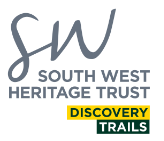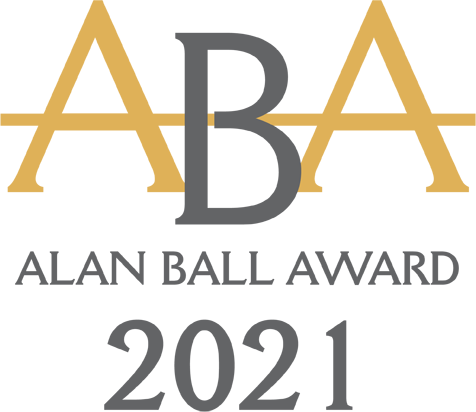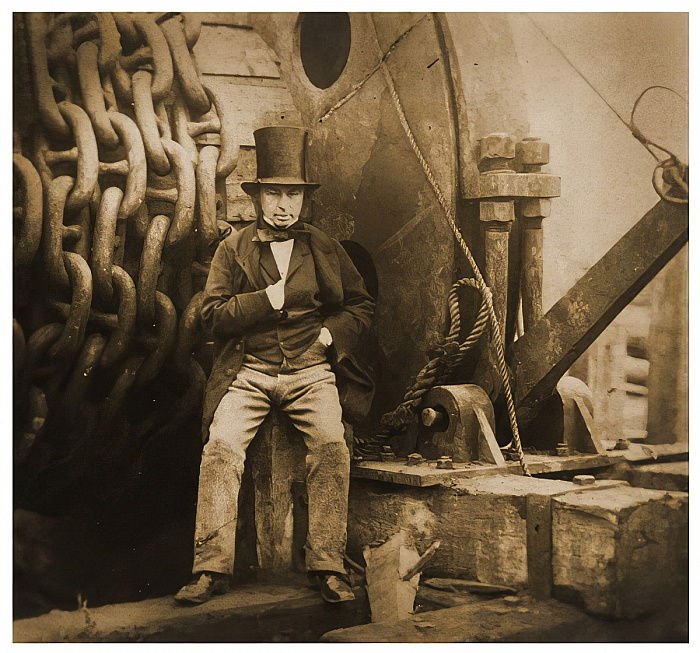
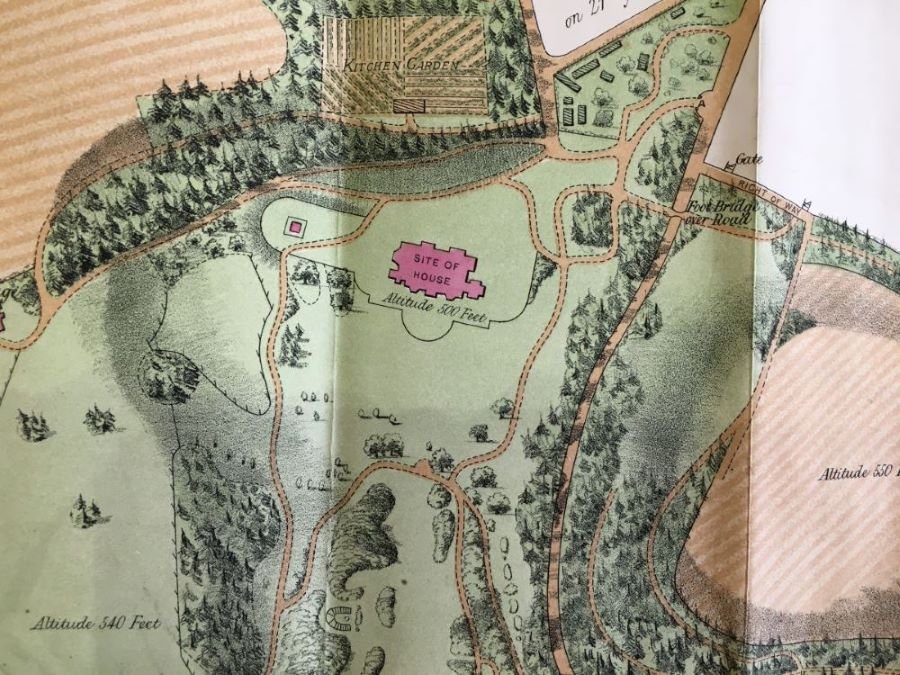
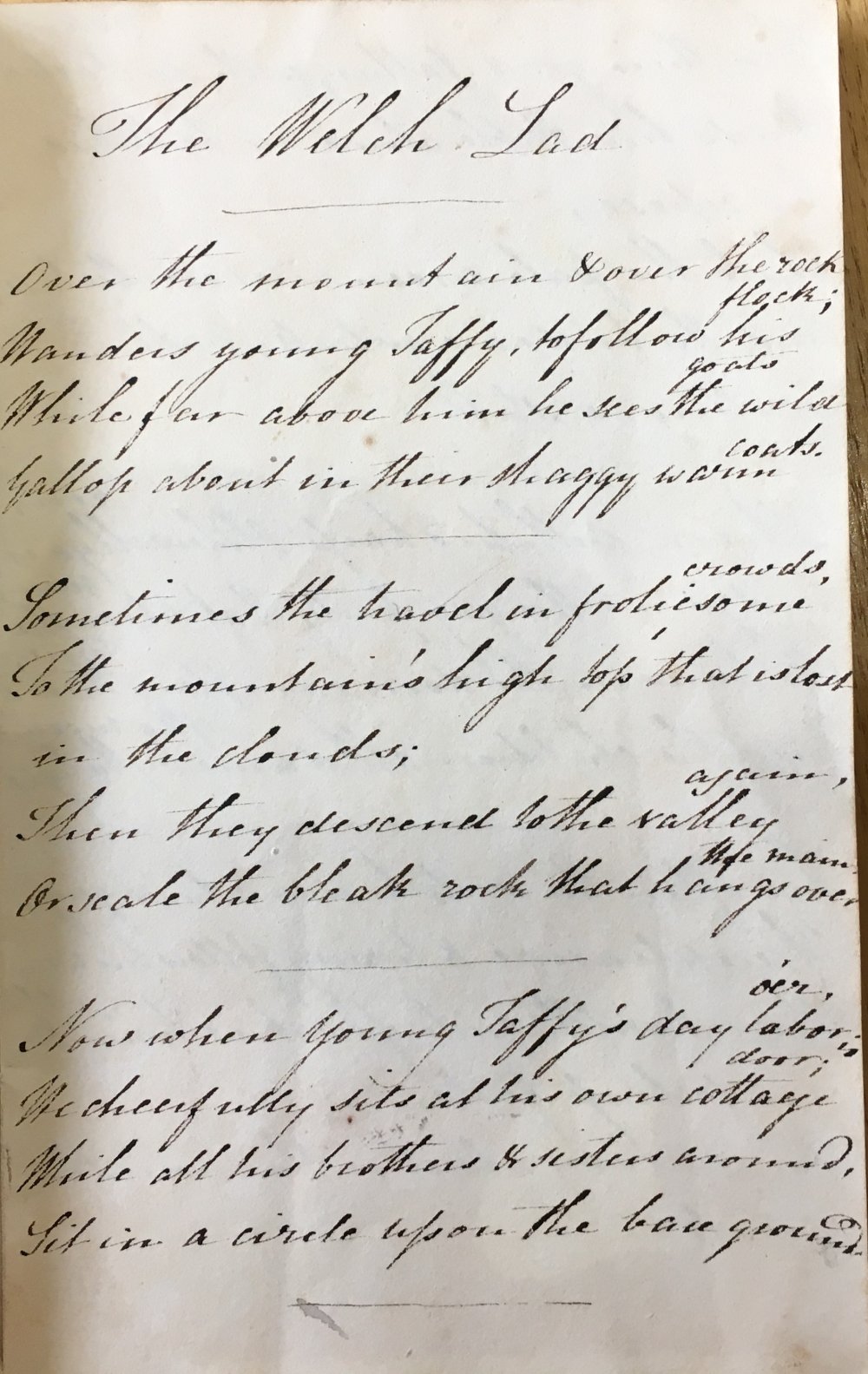
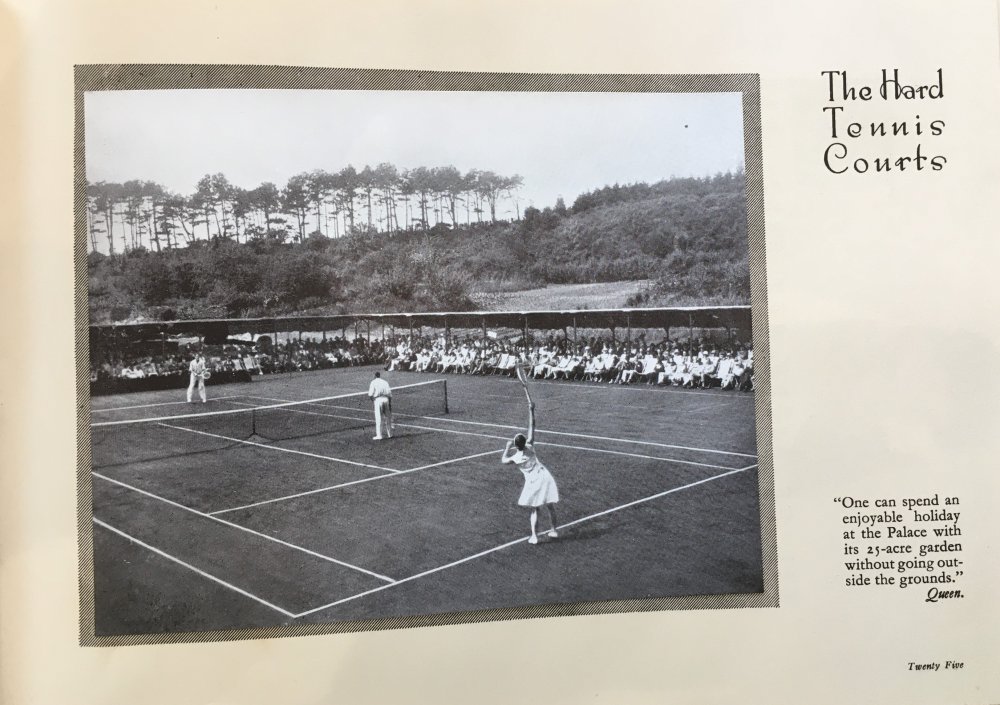
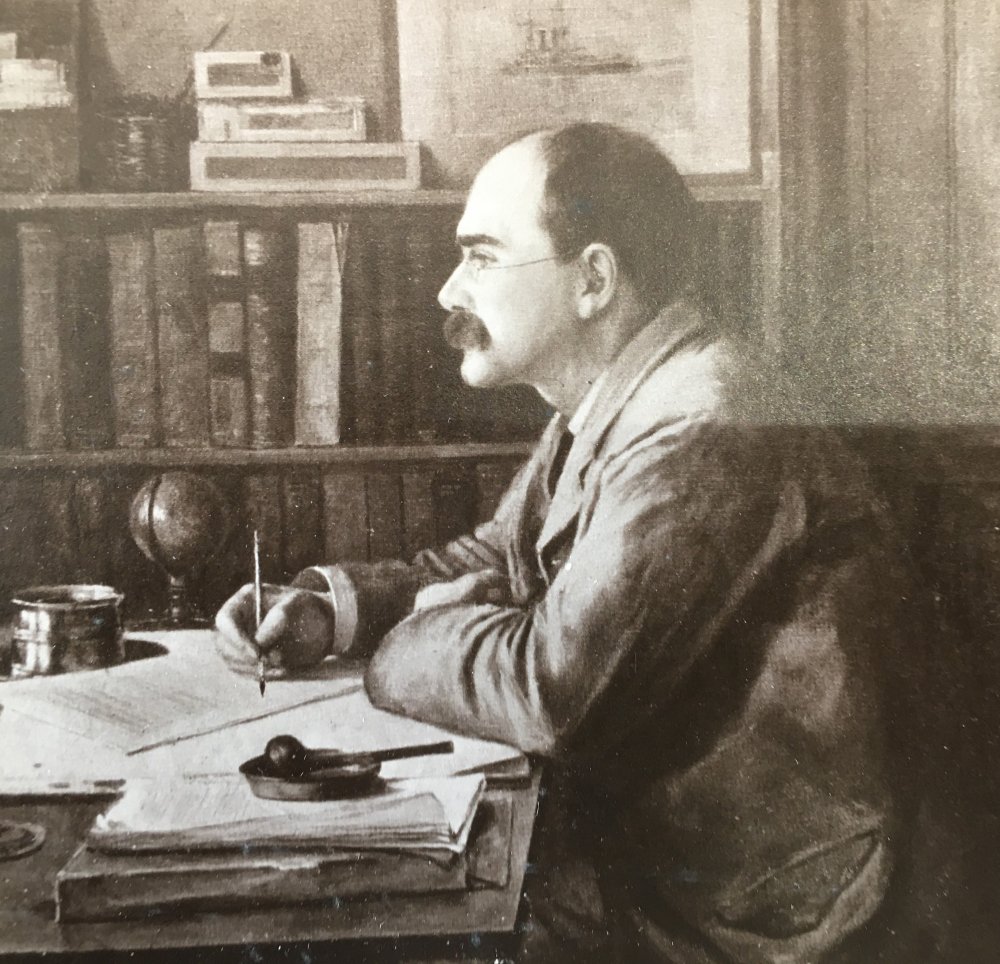
I'm a Learner
What are archives?
Archives are collections of important documents or records which have been chosen to be preserved. Keeping them safe and protecting them is important, so that they are available in the future and can be used to learn about people and life in the past.
Why are archives important?
Archives are important because they provide evidence of activities which occurred in the past and tell us more about individuals and organisations. They can tell stories, document people and identify events and are valuable sources for research. They are our recorded memory and form an important part of our community and its history.
When studying archive documents think about the following
What type of document is it?
Describe what you can see and look carefully at the layout of the document as well as what is contained in it. The caption (words underneath it) can often really help you to understand the document. Don't forget to check that first.
If words in a document are tricky to read, see if you can spot letters you recognise in words to help you.
Does the document being studied show or give clues about the character of a person or maybe their beliefs?
Are there questions you would like to ask of the document ? Can your questions be answered by studying the document alone or will you need to do some book or internet research to support you answering your questions?
Using photographs to help us learn
Describe what can you see in the image. What words would you use to describe the person or people?
How are they dressed, and do their clothes differ from how we dress nowadays?
Is there anything to spot in the background of the picture?
Does the photograph give you any clues to decide what you think was happening when the photograph was taken?
Archive documents, particularly images of places, can be compared and contrasted to pictures of the same location today. Google Street View could help you with this.
What have you learned from studying the documents?
How to compare archive documents and determine their usefulness in helping answer historical questions.
How to use and evaluate primary evidence to draw historical conclusions based on the historical evidence.
To understand how the choice of archive sources and evidence influences the historical narrative being told.
How to develop knowledge of familiar locations by comparing old and new photographs and maps.
To learn how visual cues and context can help you to understand a document and to form hypotheses using contextual clues from the document.
